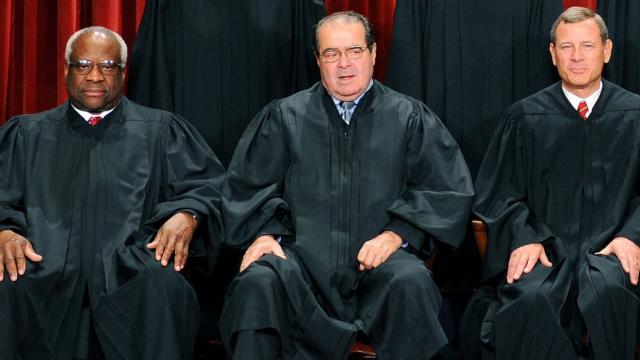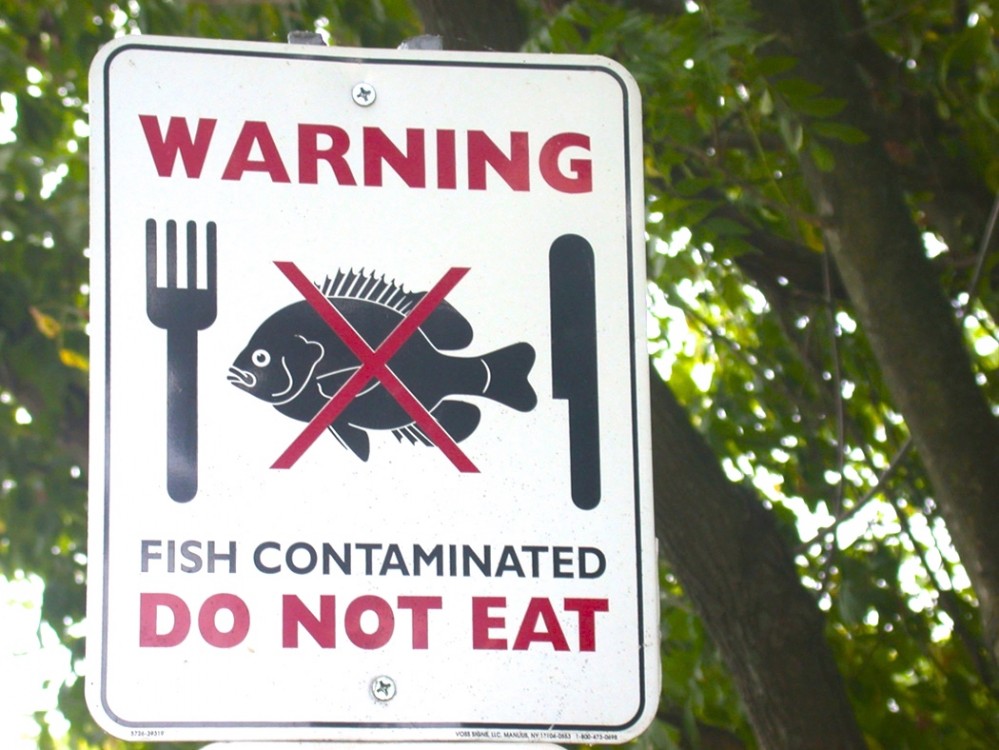
The Supreme Court invalidated a key Obama administration environmental regulation aimed at limiting emissions of mercury and other hazardous pollutants mainly from coal-fired power plants.
The court ruled Monday in a 5-4 decision, with its five conservative justices in the majority, that the Environmental Protection Agency should have weighed the cost of compliance against the health benefits in deciding whether to regulate the pollutants.
The court sent the case back to the U.S. Court of Appeals for the District of Columbia Circuit, which will ask the EPA to reconsider its rule-making. In the meantime, the rule remains in effect, according to lawyers working on the case.
Justice Antonin Scalia, writing on behalf of the court, said that a provision of the Clean Air Act that said the EPA can regulate power plants for mercury and other toxic pollutants if it deems it “appropriate and necessary” must be interpreted as including a consideration of costs. The EPA had decided it did not have to consider costs at that stage of the process.
“The agency must consider cost — including, most importantly, cost of compliance — before deciding whether regulation is appropriate and necessary,” Scalia wrote.
Industry groups and 21 states appealed after an appeals court upheld the regulation in June 2014. The challengers said the EPA's refusal to consider the estimated $9.6 billion-a-year costs would lead to bigger electricity bills for Americans.
Among companies opposing the rule was Peabody Energy Corp, the nation's largest coal producer. Exelon Corp, the biggest U.S. nuclear power plant operator, was one of several power companies supporting the rule.
The 2012 mercury regulation, which covered oil-fired plants as well as coal-burning ones, was targeted by Michigan and other states in addition to various industry groups, including the National Mining Association.
When the EPA issued the regulation, it outlined what it saw as the rule's costs and benefits, including preventing up to 11,000 premature deaths annually. The agency also said the regulation could generate billions of dollars in benefits including a reduction in mercury poisoning, which can lead to developmental delays and abnormalities in children. Overall, the EPA said the benefits could be worth up to $90 billion a year.
The EPA says the rule, which went into effect in April, applies to about 1,400 electricity-generating units at 600 power plants. Many are already in compliance, the U.S. Energy Information Administration said.
Vickie Paton, general counsel of the Environmental Defense Fund, which backed the Obama administration, said the EPA should be able to address the concerns raised by the court because it has “already analyzed the economics showing that the health benefits for our nation far outweigh the costs.”
The case was the third recent Supreme Court test of President Barack Obama's air pollution regulations. The administration mostly came out on top in the two previous cases.
In April 2014, the court upheld a regulation limiting air pollution across state lines. In June 2014, the court largely upheld the government's ability to regulate greenhouse gas emissions from major utilities.
Industry groups and states are gearing up to challenge the EPA's plans to issue new regulations aimed at curbing carbon emissions from existing power plants.
3 WAYS TO SHOW YOUR SUPPORT
- Log in to post comments












